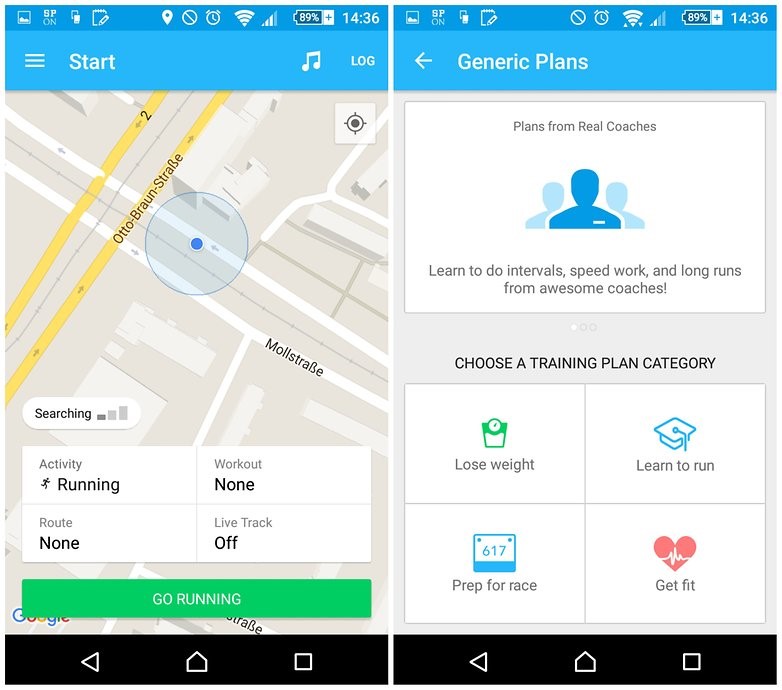
If you’ve been to a gym recently you’ll have definitely seen it; the sight of someone doing invisible skipping, or those push ups where they lie on the floor at the bottom and lift up their arms. These movements are all included in a variety of apps you can download on your phone.
But are they really worth the effort?
People like to think that the reason they aren’t getting results isn’t down to them, they like to think that there is a hidden magical thing that they aren’t doing that if they add to their training will suddenly give them everything they desire. They don’t want to think that the problem is them. I get it. Who likes to look at themselves and admit their own shortcomings? But personal growth is about turning the looking glass on yourself and admit areas where you can improve and striving to improve them. That, in essence, is one of fundamental lessons you can take from exercise. Striving to overcome a weakness, lose weight, increase muscle or improve fitness is a great lesson you can learn that can help you to have personal growth in other areas.
One of the fundamental difficulties with working towards achieving a goal is choosing which exercises make the most sense for you. Not all of these exercises are fun and achievable things, not all of them are necessarily enjoyable, but some things will benefit you more than others. Each person is different in this regard. The fact that these apps are so generic and inflexible is one of my biggest concerns. These aren’t designed to be created around a specific person’s needs, but around the general.
These apps are largely a waste of time. I am yet to see one that advocates any of the staple exercises or that gets to grips with the fundamental aspects of training that need to be addressed at the outset with someone starting out. Sticking body weight squats into an exercise programme is all well and good but that app hasn’t addressed form in any way. I presume that is the reason why those apps don’t then promote a weighted squat as a progression, because should someone hurt themselves with a weighted squat they can’t sue the app developer. That’s even assuming that someone who knew exercise programming developed these apps, which it doesn’t look like from the outside.

Time and tested exercises have stood the test of time. You can’t reinvent the wheel. Unfortunately in the fitness industry you can tell people they don’t need the wheel and they can try you purple octagon instead. And that’s how companies can offer these free workout apps. Because it is free, people leap onto them and try them out, not realising that what they are doing is, at best, going to give them a fraction of the success they could have if they did things properly. The only reason these apps have any level of success is because they force consistency on the people who follow them. The programming is horrible and the exercises are a joke.
You can make progress on a generic programme. But the less well programmed it is the less and less progress you’ll make. Two of the staple exercises I see are invisible skipping (which if you haven’t seen it is skipping without a rope) and step ups onto a little box. Yes, they both burn some calories and get you out of breath and sweaty, but they barely stimulate the metabolism and there is little progression you can make on them. Now compare that to exercises that virtually every trainer will do with every client they have, unless there are very specific reasons for not doing them; the squat and deadlift. I haven’t seen any trainer, no matter their skill level, not programme these in with their clients at some point in their training.
And why aren’t they in the apps? Because they are difficult to teach. These aren’t skills that can be picked up in five minutes and thrown into a circuit easily. They are big movements requiring skill and practice, but they have a huge effect on weight loss, muscle tone, strength, muscle size, and fitness goals. They are the top two exercises everyone should be doing (unless, as I said, there are specific reasons they should be left out of a programme). If these apps are not programming squats and deadlifts they are not worth the money you’re spending on them, even if they are free.
Not to mention the fact that these apps have programmes which are not individualised. You will always get more results when a programme is specifically designed for your needs. I would, for instance, put together a very different programme for someone who wanted to improve their 5k times compared to someone who wanted to run half marathons. And I would design a programme differently for someone who had knee issues who was trying to lose weight than someone who had knee issues and was trying to increase muscle mass.
The adage that you get what you pay for is very much an accurate one in the fitness industry. Skill and knowledge cost a lot in money and time and to get access to that level of knowledge and experience does cost money. So you should be wary of any free app and ask yourself what you aren’t getting with that and whether that lack is worth your time following, rather than investing in an expert who can better guide you to genuine results.
If investing in yourself, online training and bespoke training plans are something that you want, please follow the link below to my online training page!
You’ll receive all the latest news, posts and information regarding health and fitness.
You’ll receive all the latest news, posts and information regarding health and fitness.
You’ll receive all the latest news, posts and information regarding health and fitness.